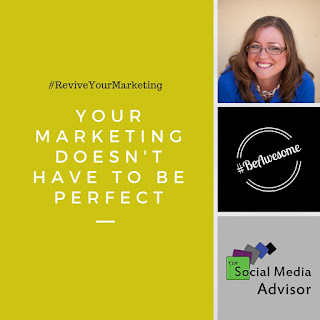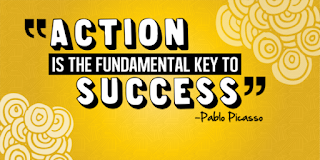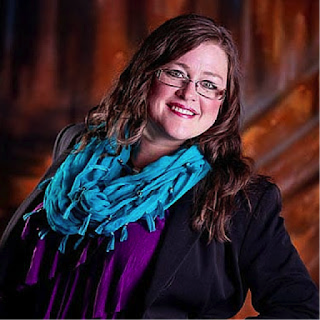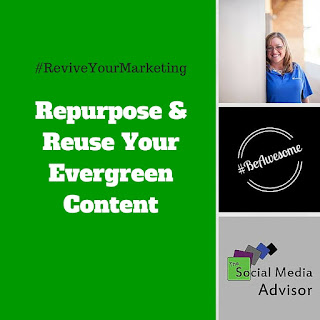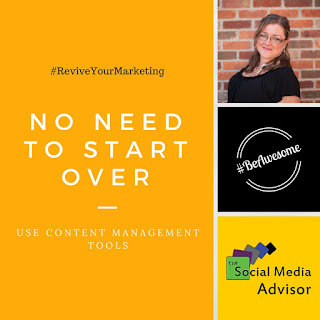If you are producing your own content – whether it is for social media, a blog, or online article sites – it’s essential that you understand the relevance of evergreen content. Evergreen content is anything you produce that can stand the test of time and still be useful. Most of your content will be designed to be timely so that it is keeping on top of industry trends or attracting visitors searching for something specific to what is currently happening in their lives. However,
creating contentthat can be recycled and used again that also holds up regardless of current affairs gives people a way to stay relevant to their audience.
Types of Evergreen Content
The best way to explain evergreen is to give some examples of content that falls into this category. When creating evergreen content, you want to avoid dates, trends, or commenting on current affairs. Some of the best evergreen pieces consist of “How to…” guides or tutorials. These generally don’t need to be updated over time and can be used to help potential followers find you online.
Another example of popular evergreen content would be creating lists. Lists of various resources or
recommendationswithin your industry attract both industry newbies and like-minded individuals seeking validation. If your lists include links, you will need to remember to check them from time to time.
Really anything that encourages people to visit your sites and find out more about you is the type of content you want to create again and again.
Reuse Your Evergreen Content
While you can let your
evergreen content just sit there and slowly attract attention using SEO techniques and practices, there is another way. If you take a stance to strategically use this content to garner more attention, reusing evergreen content can dramatically increase your viewership. Understanding which pieces of content are evergreen allows you to schedule them on a regular basis in order to continue attracting attention.
Periodically post this evergreen work to your social media channels. Since you gain followers all the time, these posts will be new for much of your audience. This will keep you from having to constantly reinvent the wheel and come up with new content which will allot you the occasional break.
Repurpose Your Evergreen Content
Some of your content won’t exactly fit into the evergreen mold. Maybe because the industry has changed a bit since you first wrote it or because there are references to current events or affairs within the piece, not everything you write can be edited into an
evergreenitem. However, much of your previous content may only need a bit of tweaking to convert it to something you can use repeatedly. Reviewing and repurposing your content to match up with your current needs is a great use of your time and resources.
The whole goal of focusing on evergreen content is to increase your efficiency and help with your content management. This is especially true during periods where you are experiencing a lack of inspiration or do not have the time to create something new but want to remain consistent online.
If you aren’t where you want to be in
social media, we’d like to help you #ReviveYourMarketing and get back on track and successful. Need a helping hand or just some encouragement to #BeAwesome? Our team at The Social Media Advisor gets pumped to help business owners take a lead with their social and create something amazing!
~ Social Media is changing the way people do business. Don’t get left behind ~
Be sure to Follow us and Let’s Engage!
Hollie Clere, of The Social Media Advisor is a “#BeAwesome” Developer, Social Media Brand Builder, Content Manager, Trainer and Author in LinkedIn, Facebook, Twitter, Blog, Google+, YouTube, Pinterest, Instagram and the tools to manage them.
Click here for her Social Media Workshops, Classes and Seminars.




